December 31-January 6, 2024
A Happy Gray New Year

Turning the corner into the new year, we had another week of gloomy, unsettled weather that delivered small slivers of blue sky and a few anemic dustings of snow.
Week in Review
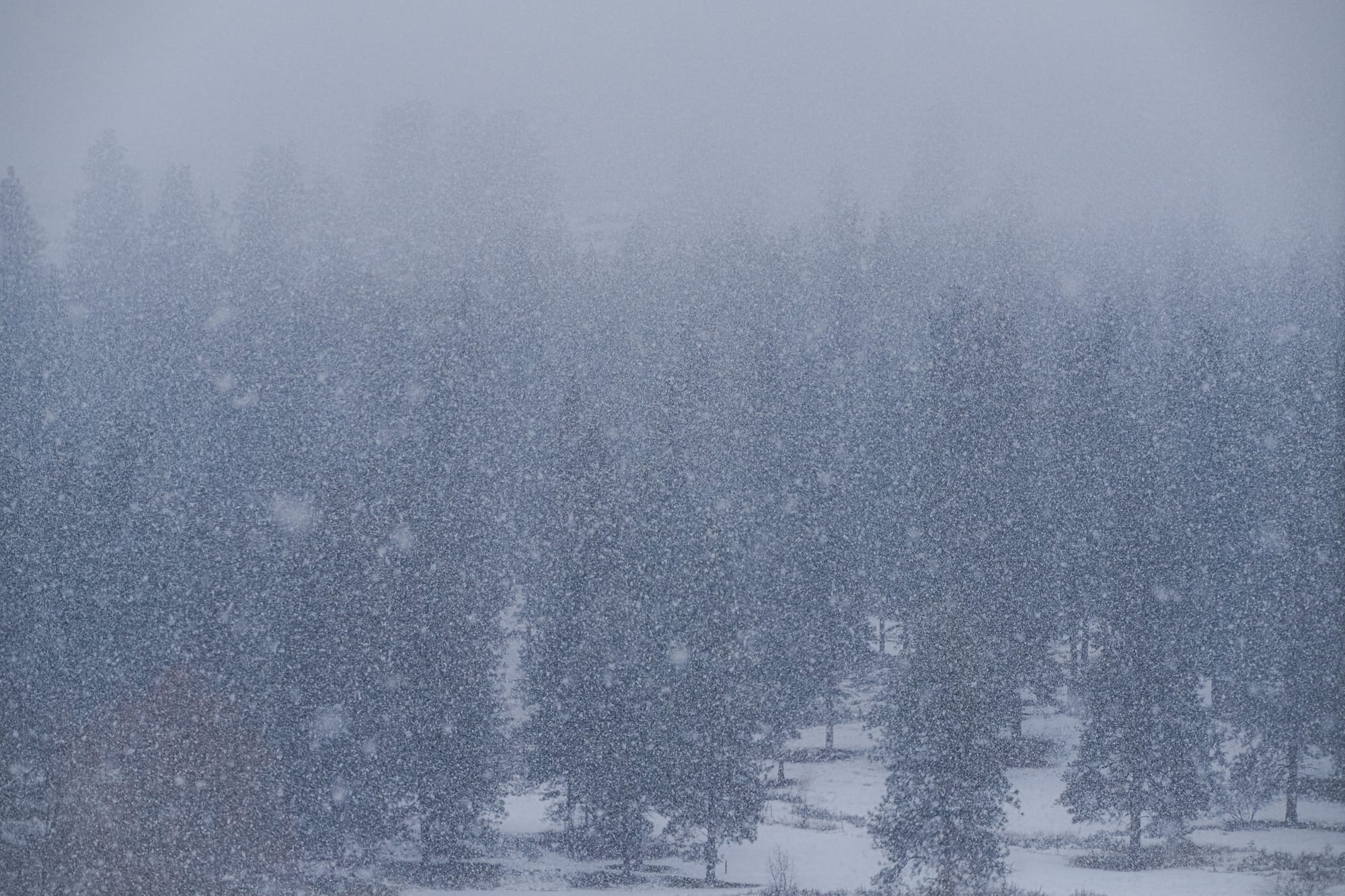
I'm here to report another week of slow winter wildlife sightings. Like last week—and the weeks before that—not much happened this week. It'll likely be two months before we begin seeing an uptick in activity as animals start getting ready for spring.
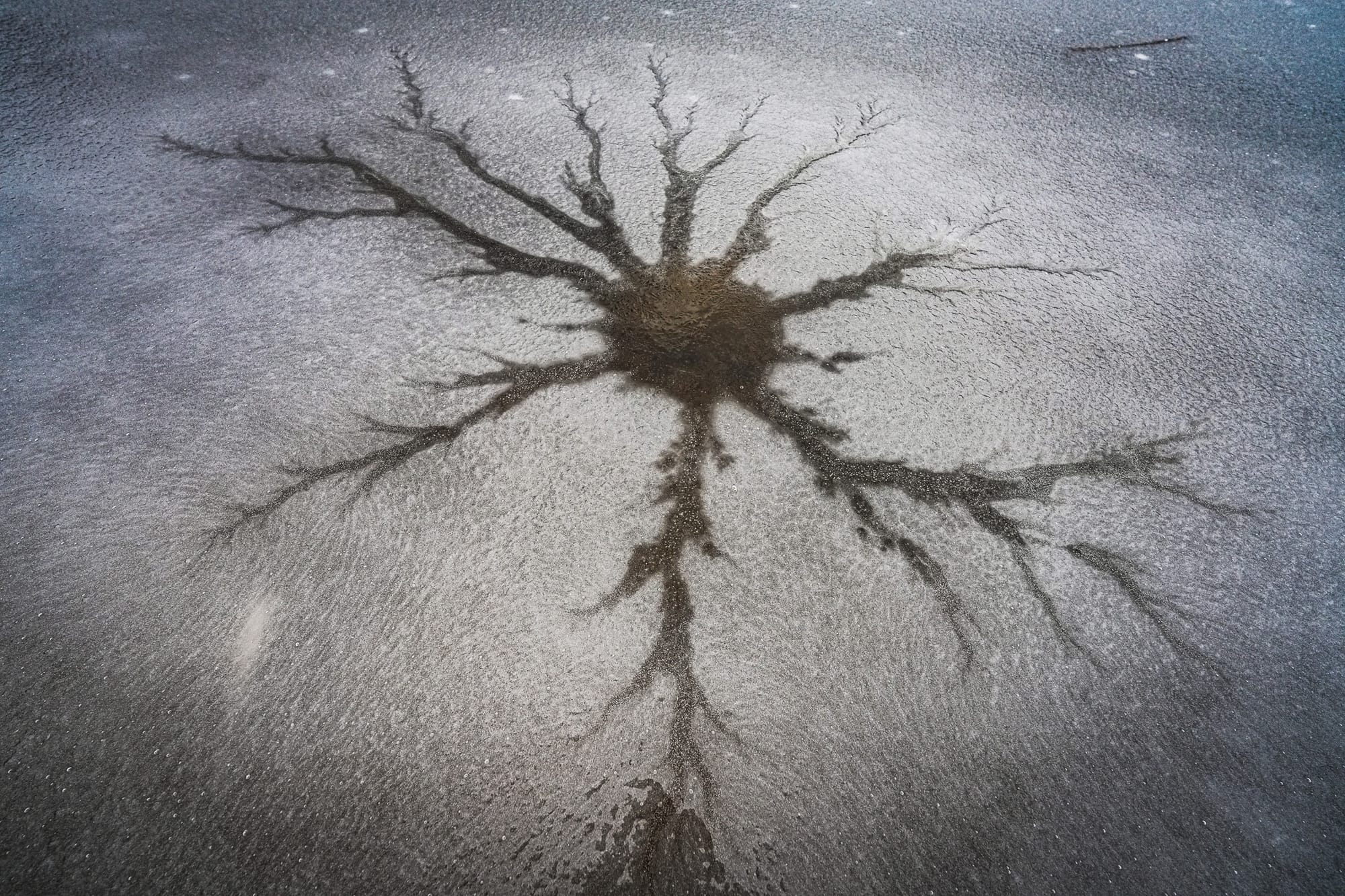
It's still fun to get outside and see what's going on, especially with many trails being relatively easy to walk.
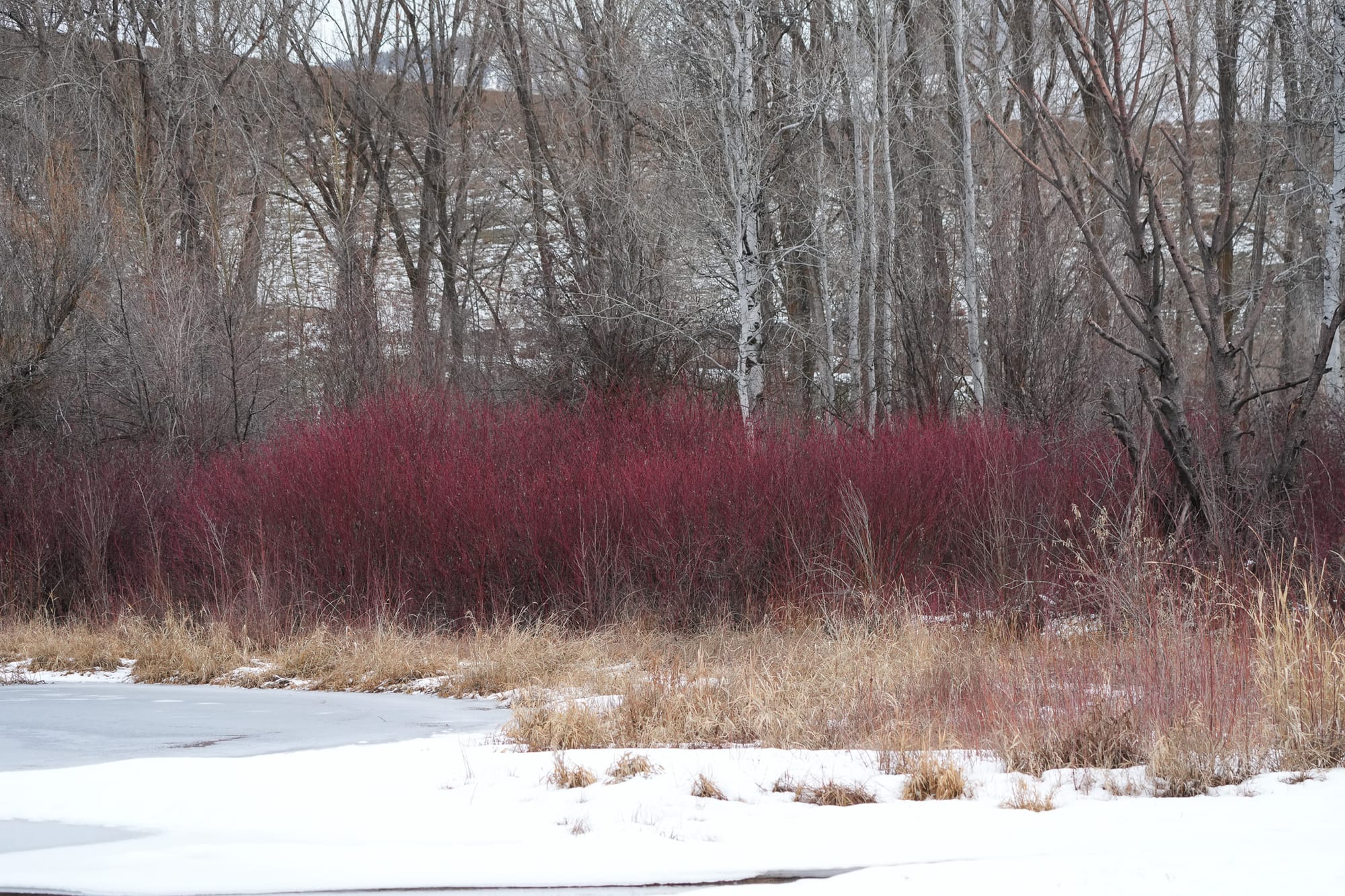
If anything, the thin veneer of snow, and easy accessibility, resulted in many reports of animal tracks this week. Identifying animal tracks can be a tricky bit of detective work, and this led to some fascinating back and forth on the Methow Nature Notes Facebook page.
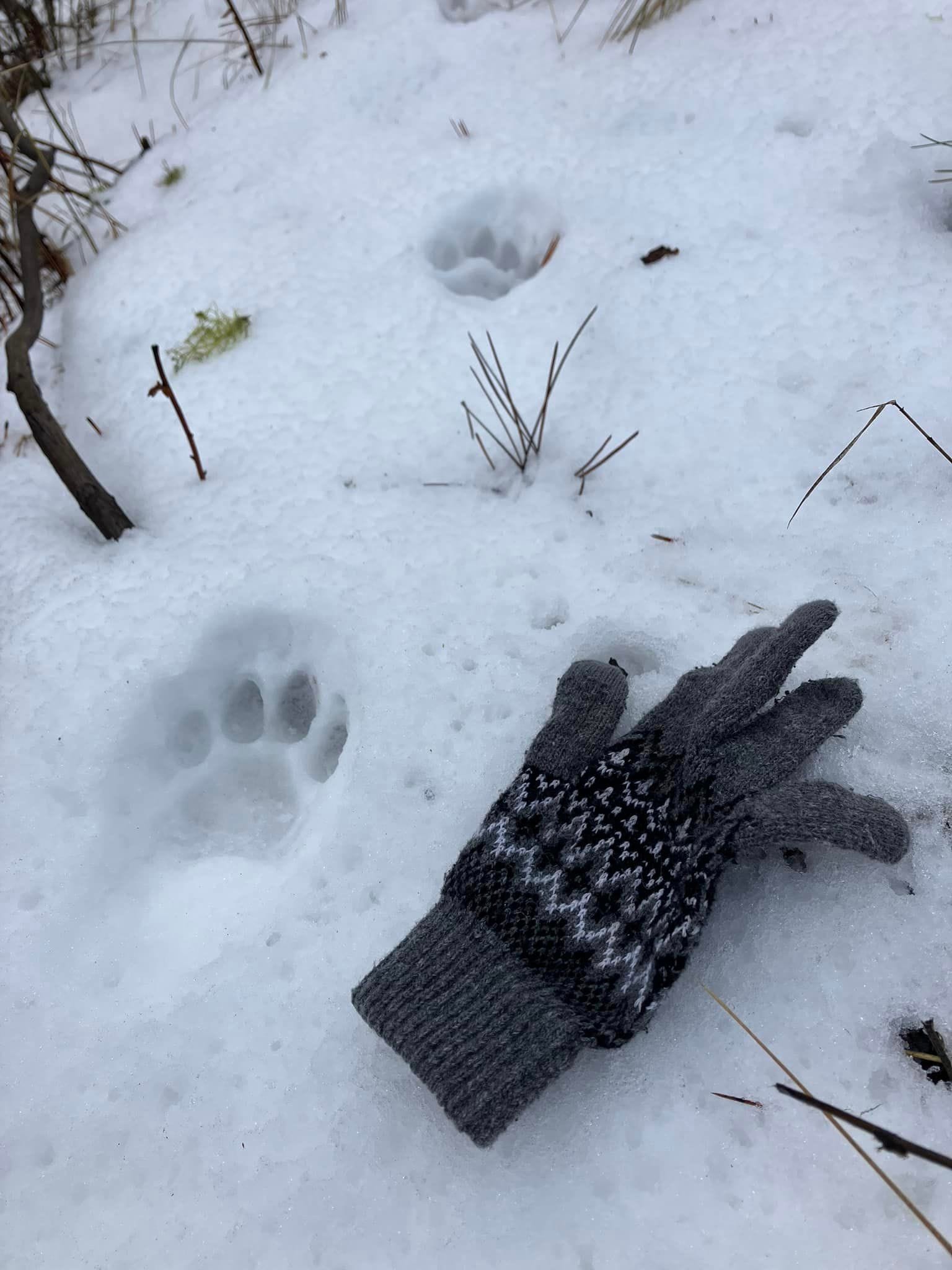
I'm no expert on animal tracks, and it's not always obvious whether a clear consensus on the makers of these tracks was reached, so without trying to provide a definitive identity I'll just share some of the photos for your continued examination and inspiration.
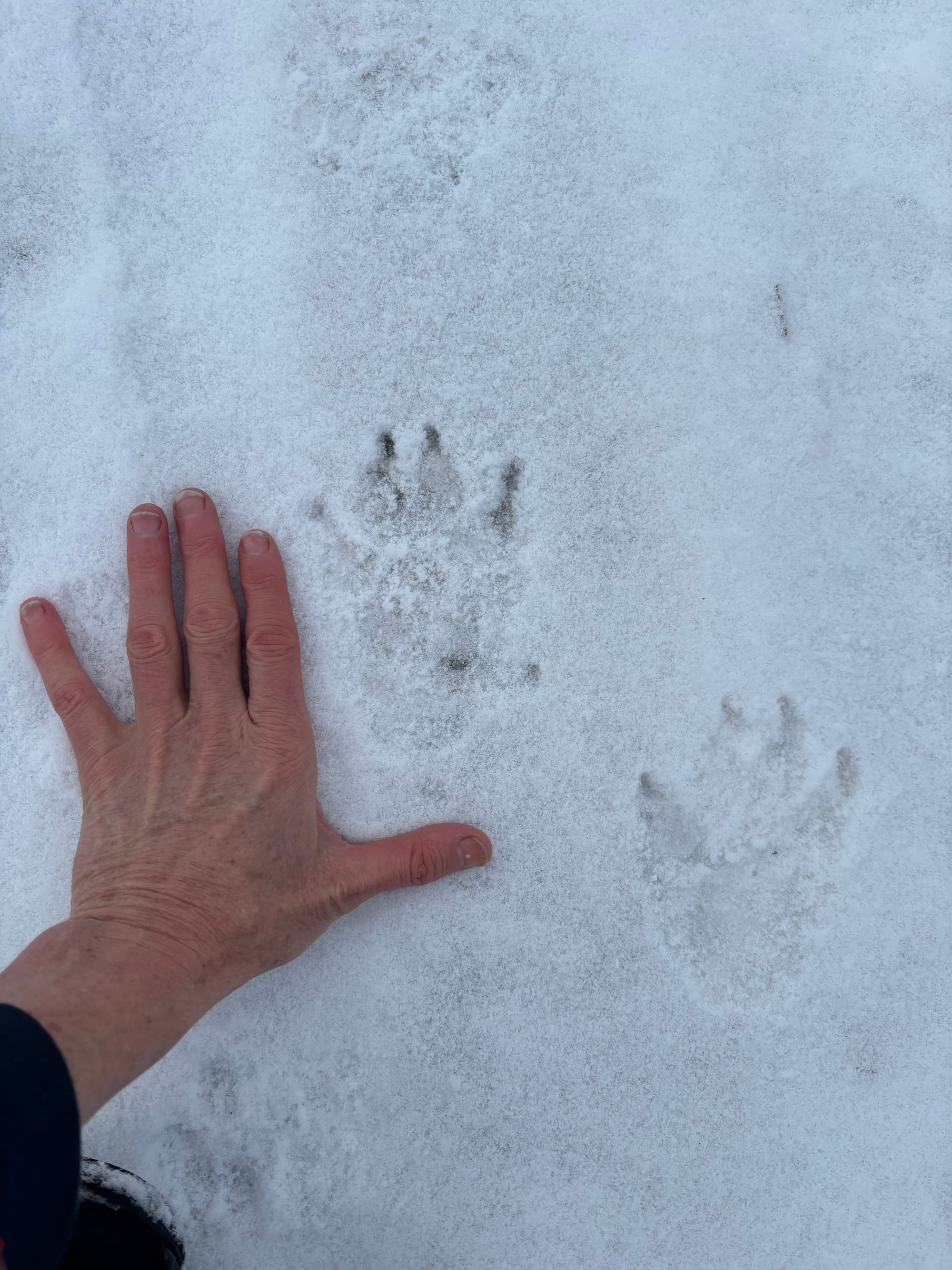
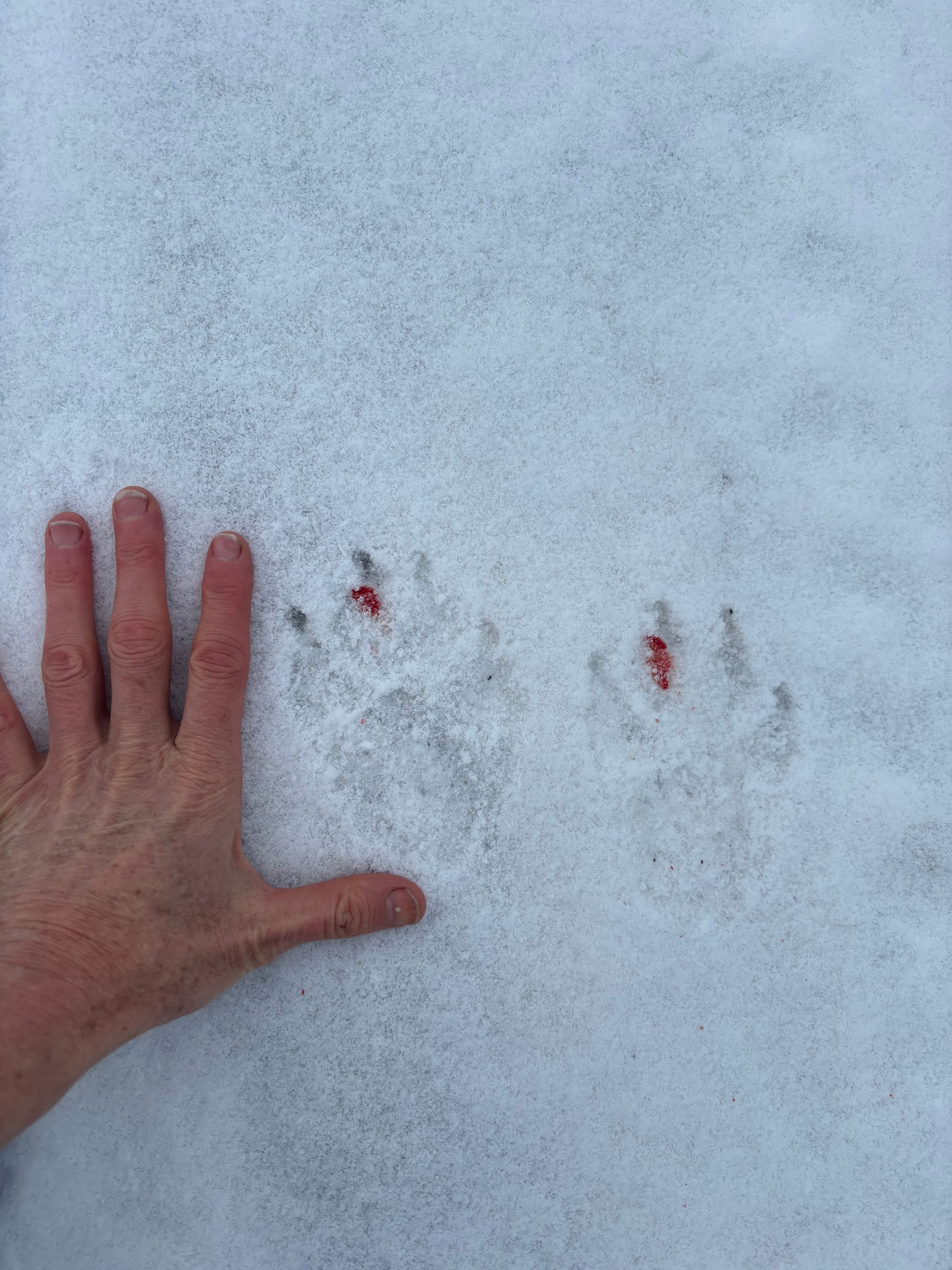
Domestic dog? Photos by Sierra Breitbell
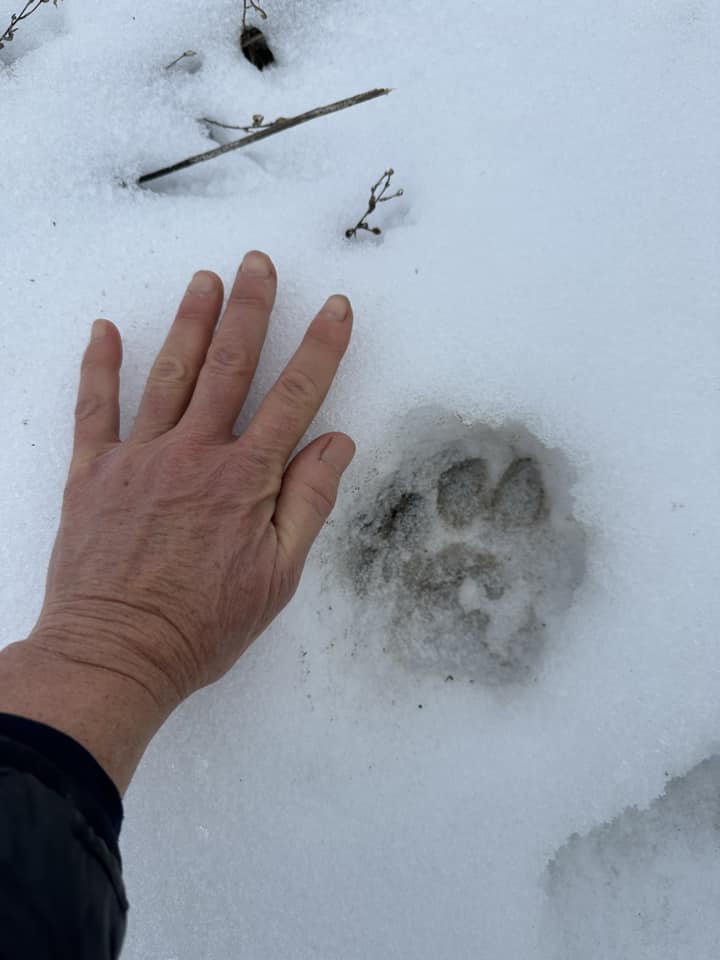
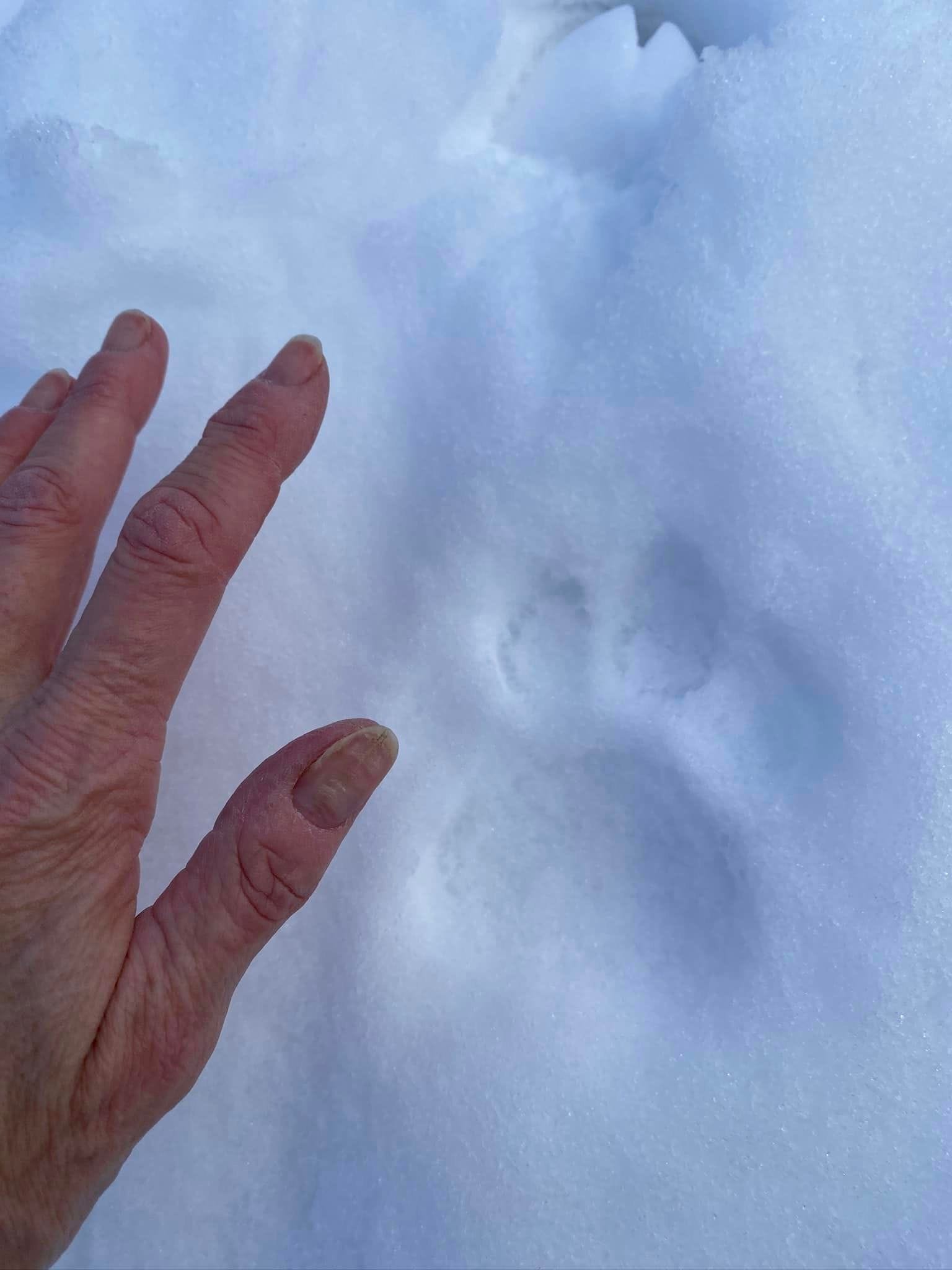
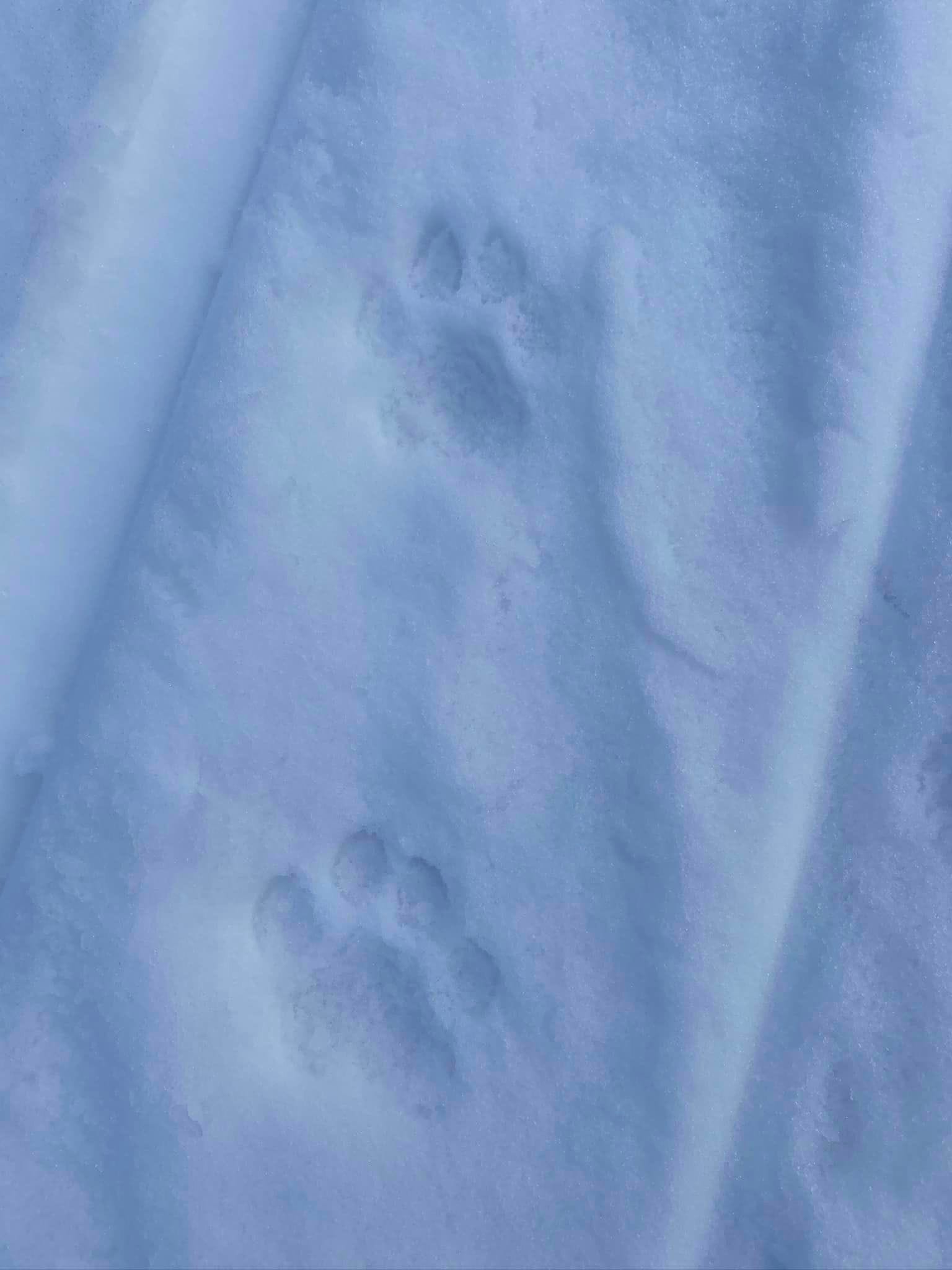
Cougar? Photos by Jean Bodeau
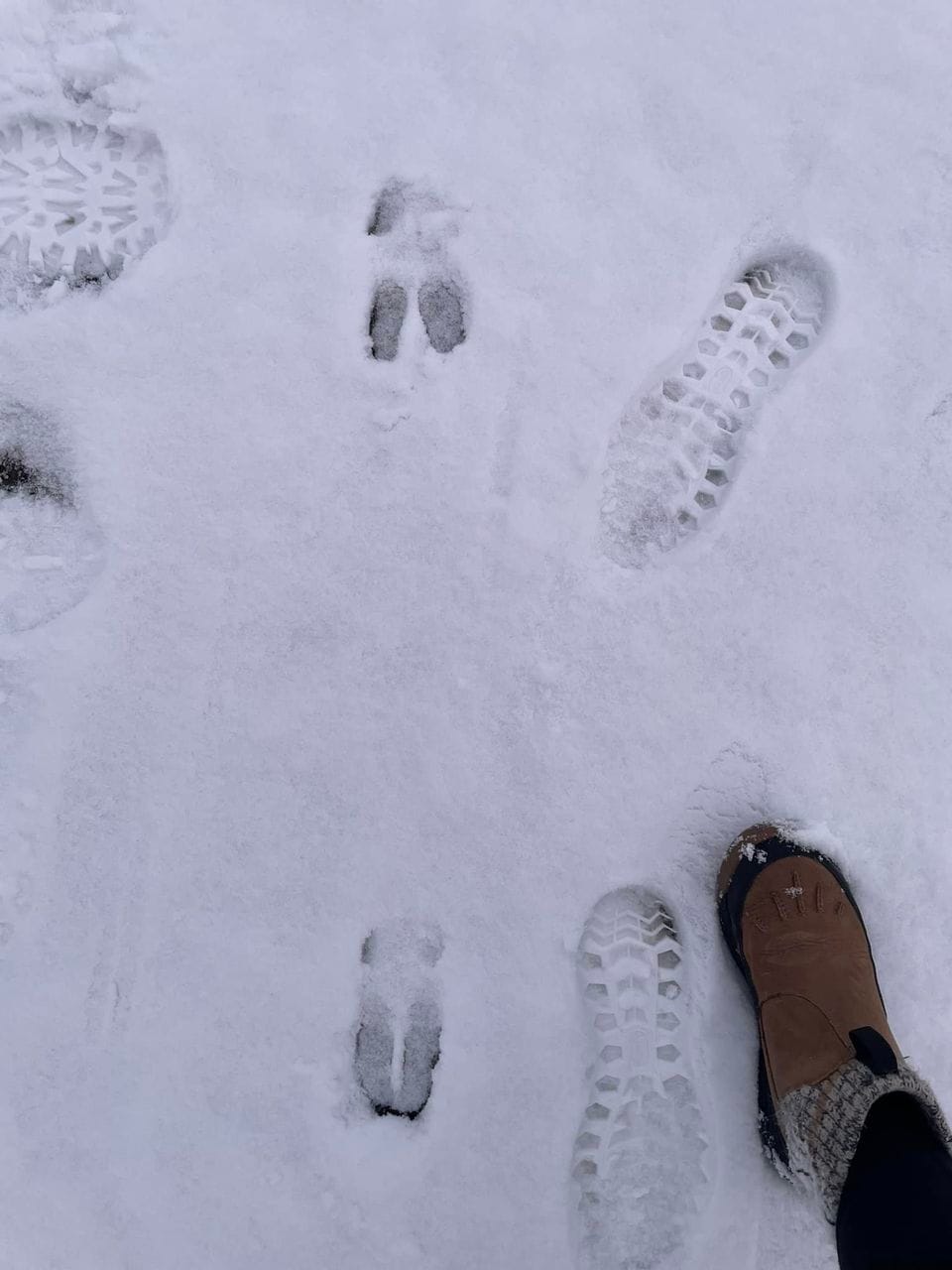
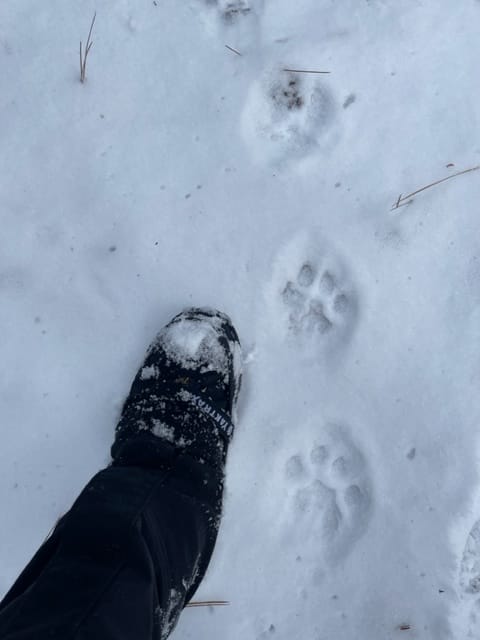
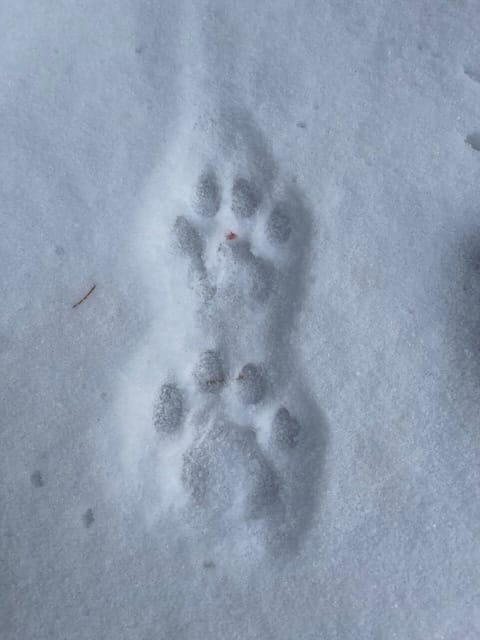
Wolf? Photos by Scott Stluka
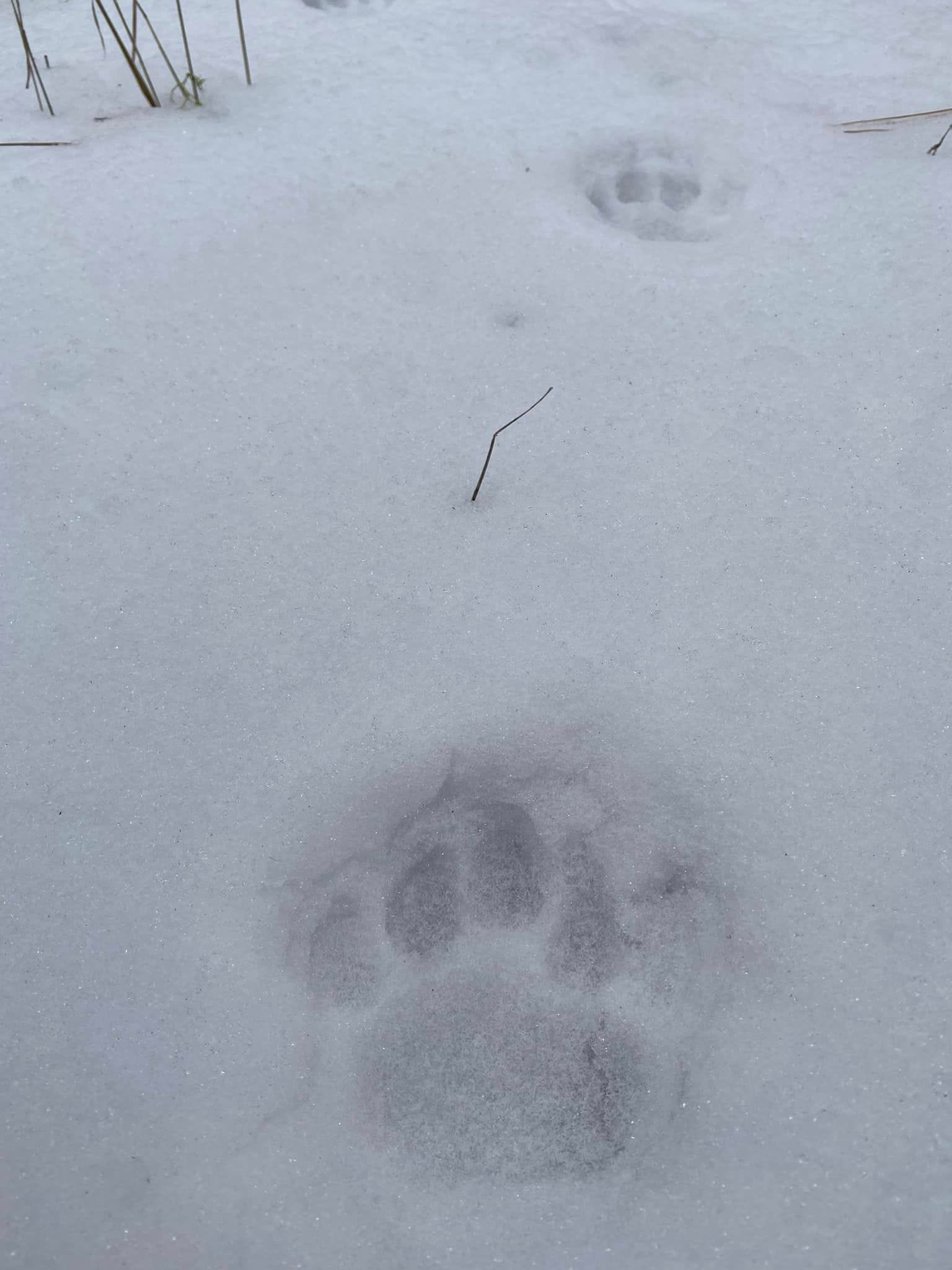
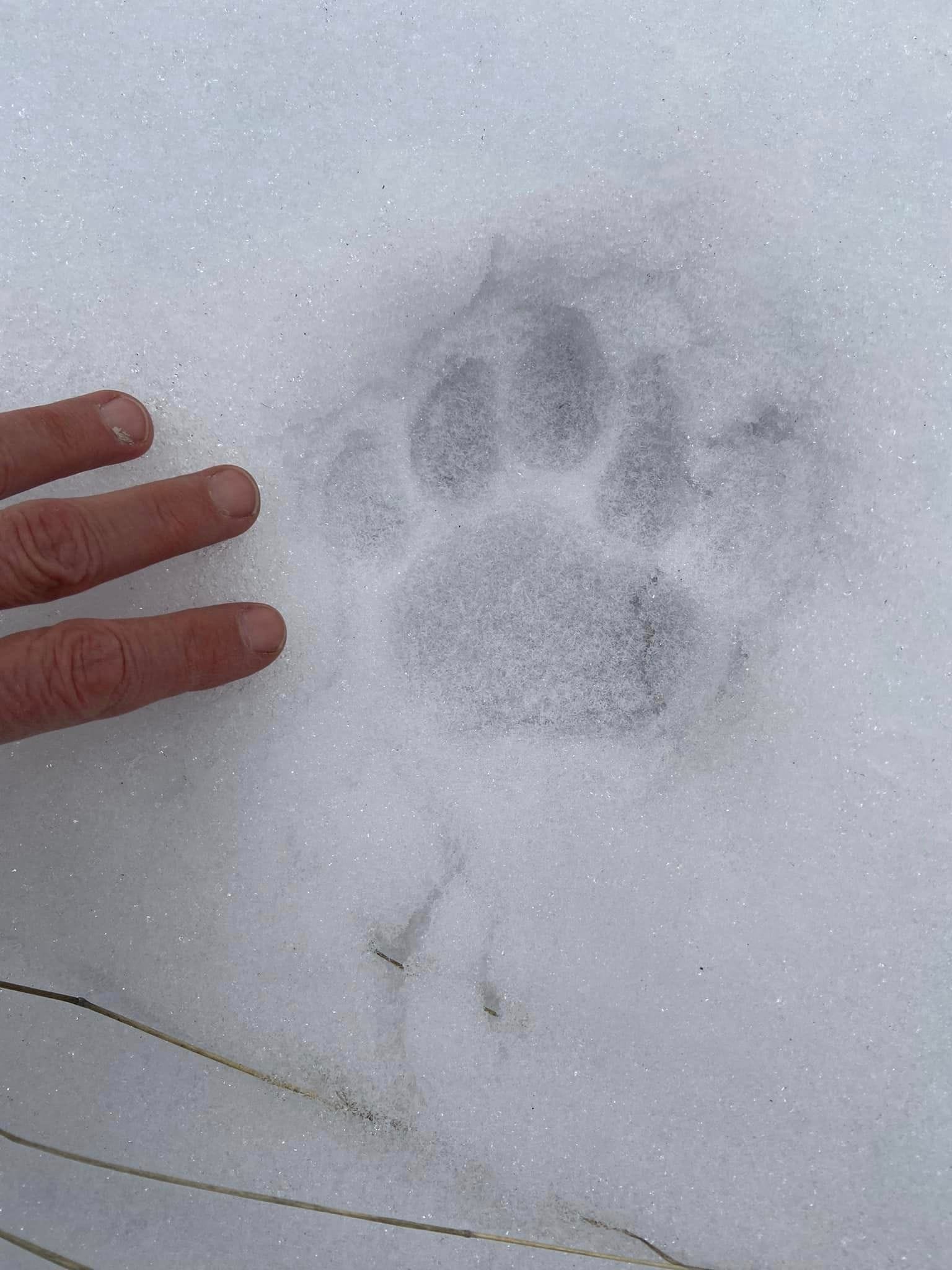
Cougar? Photos by Dawn Chapel
Observation of the Week: Uncovered by Snow
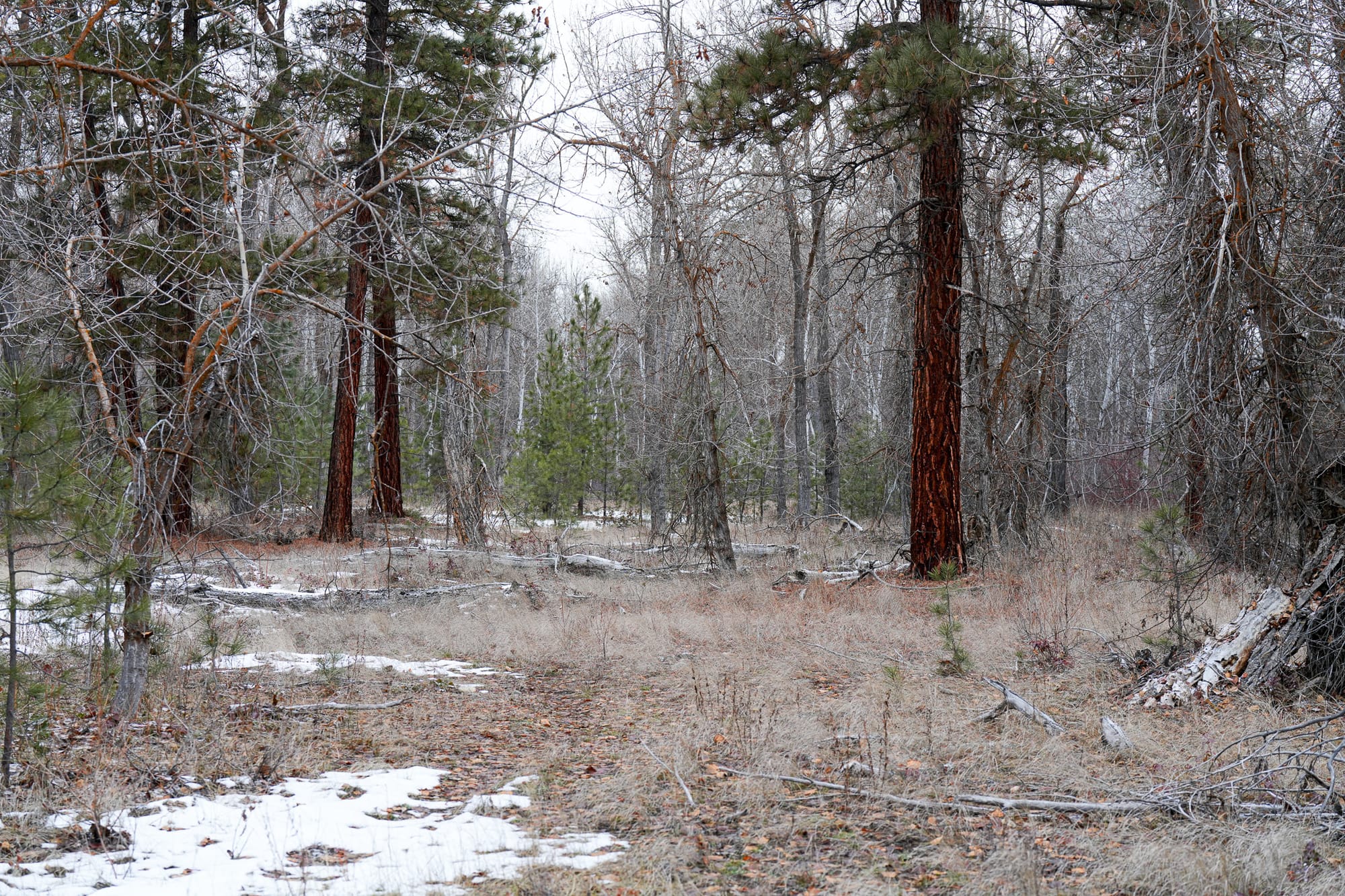
Winters in the Methow Valley are an extraordinarily hard time for animals, with endless days of frigid temperatures, deep snowpacks, ice, and limited food. But animals have adapted and evolved a wide variety of ways to survive these expected conditions.
Strategies like hibernation can work well in normal years, but what happens when there's almost no snow?
Snow is an astonishing insulator and temperatures under the snow become stable and remain constantly above freezing once a foot or more of snow covers the ground. But in the absence of snow, temperatures swing wildly from the low 40s down to -20 degrees—and this is incredibly difficult for small animals to deal with.
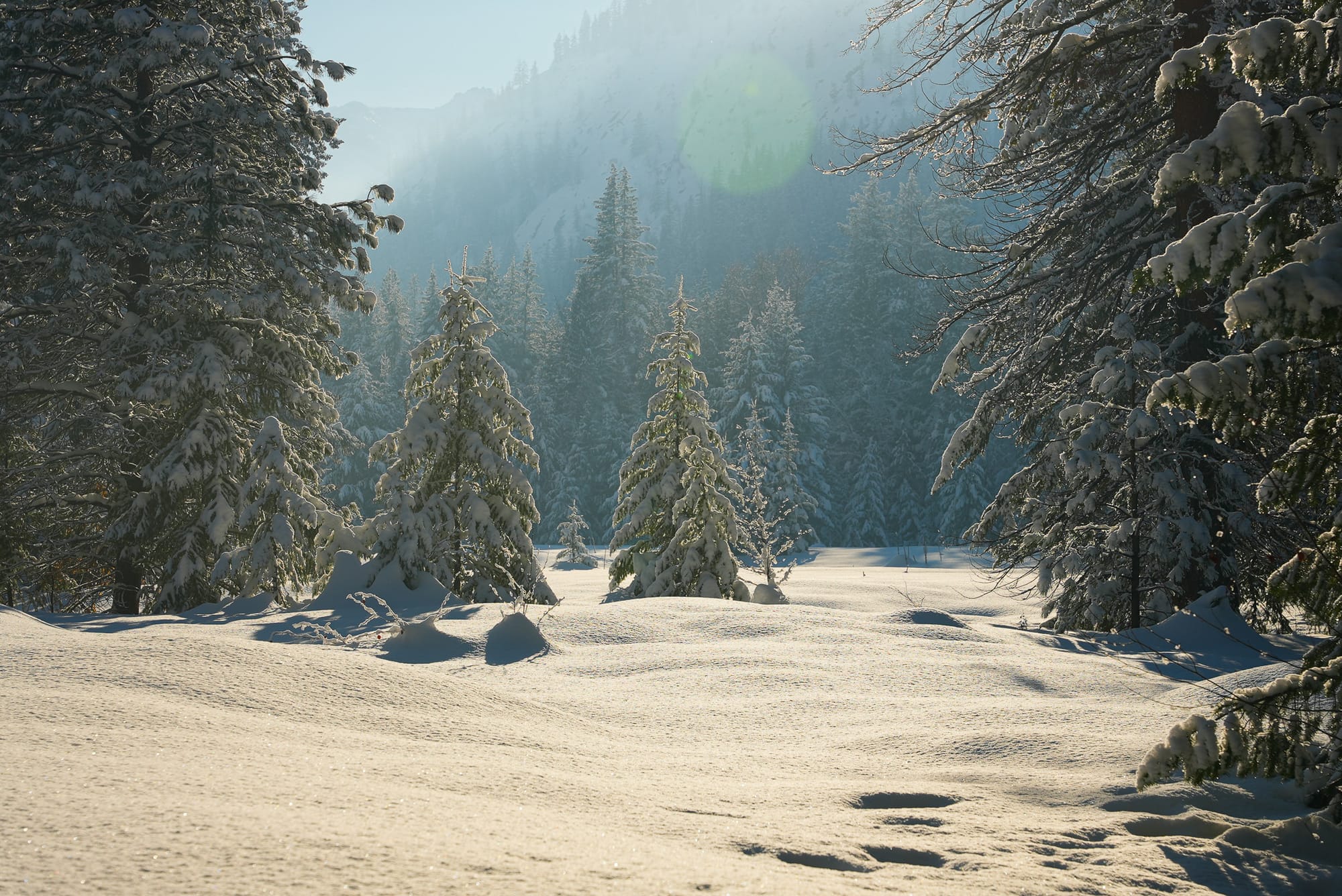
Stable, relatively warm conditions under the snow eventually create an open space called the "subnivean zone" where animals like voles, shrews, and mice can easily travel and find food under a protective blanket of hard-packed snow. But without snow, they are forced to forage on open ground where they are exposed to predators.
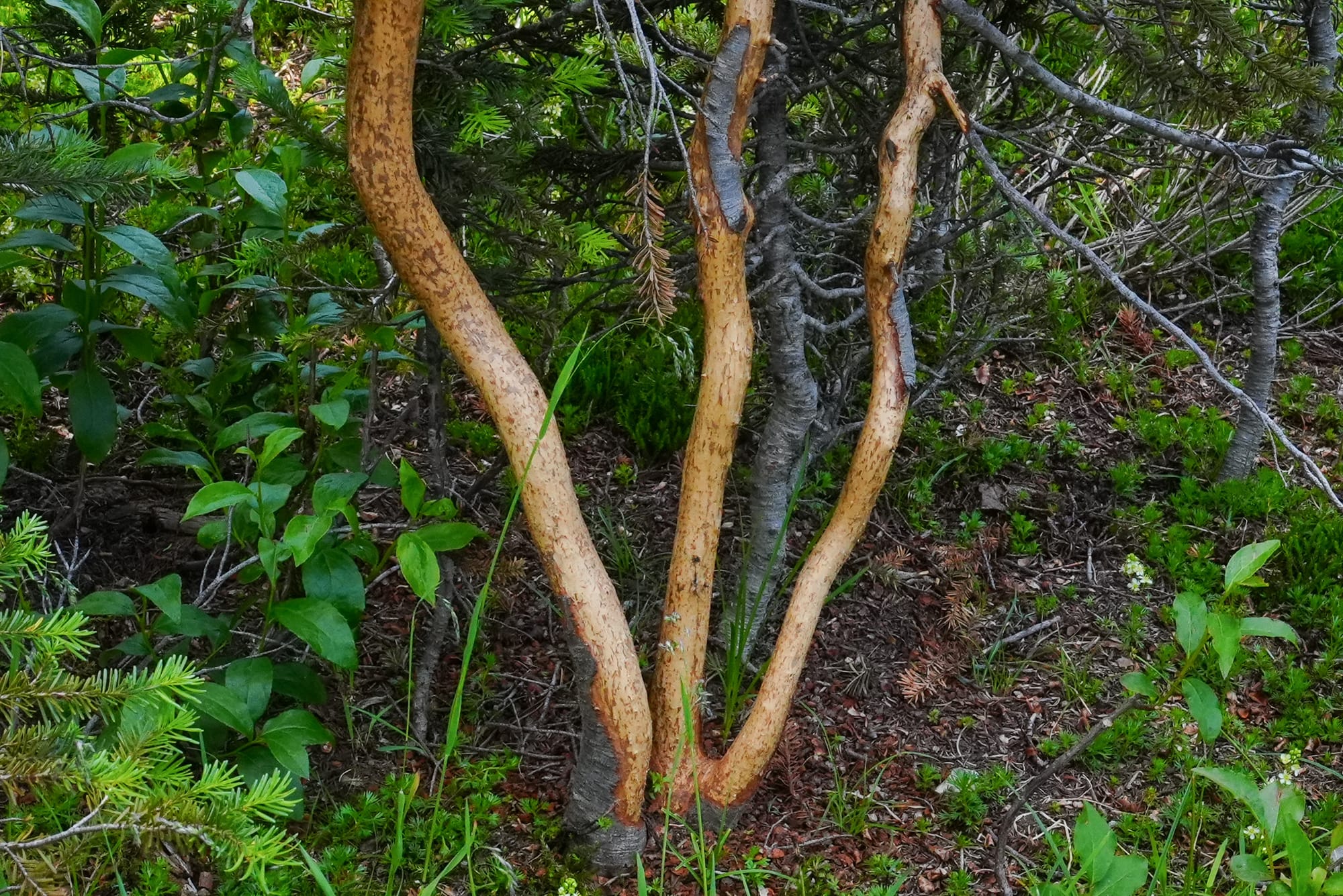
There are many other ways that animals depend on snow and cold. For example, hibernating animals need cold temperatures because cold slows their metabolisms down, but when temperatures are warmer than normal a hibernating animal burns through calories faster and it can starve to death as it sleeps.
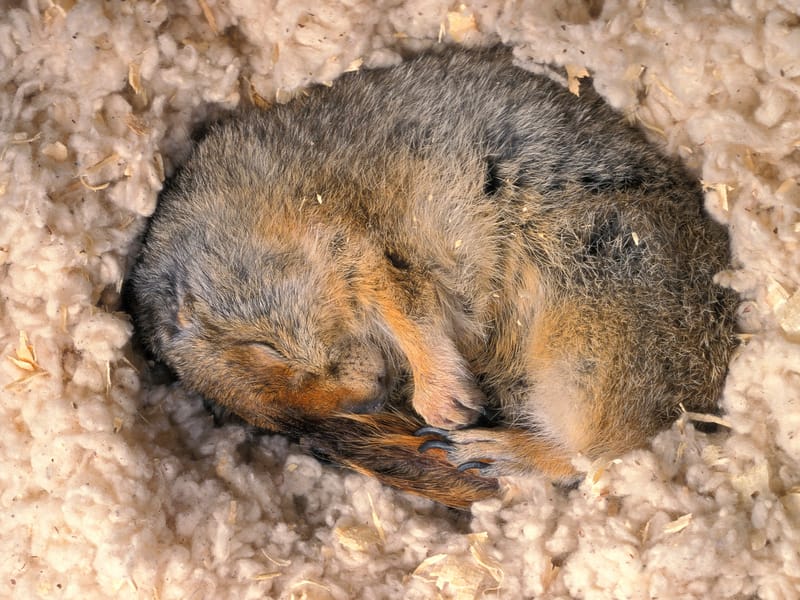
Snow also creates a platform that animals like snowshoe hares can easily run on to escape predators, not to mention providing them ideal camouflage for their white coats.
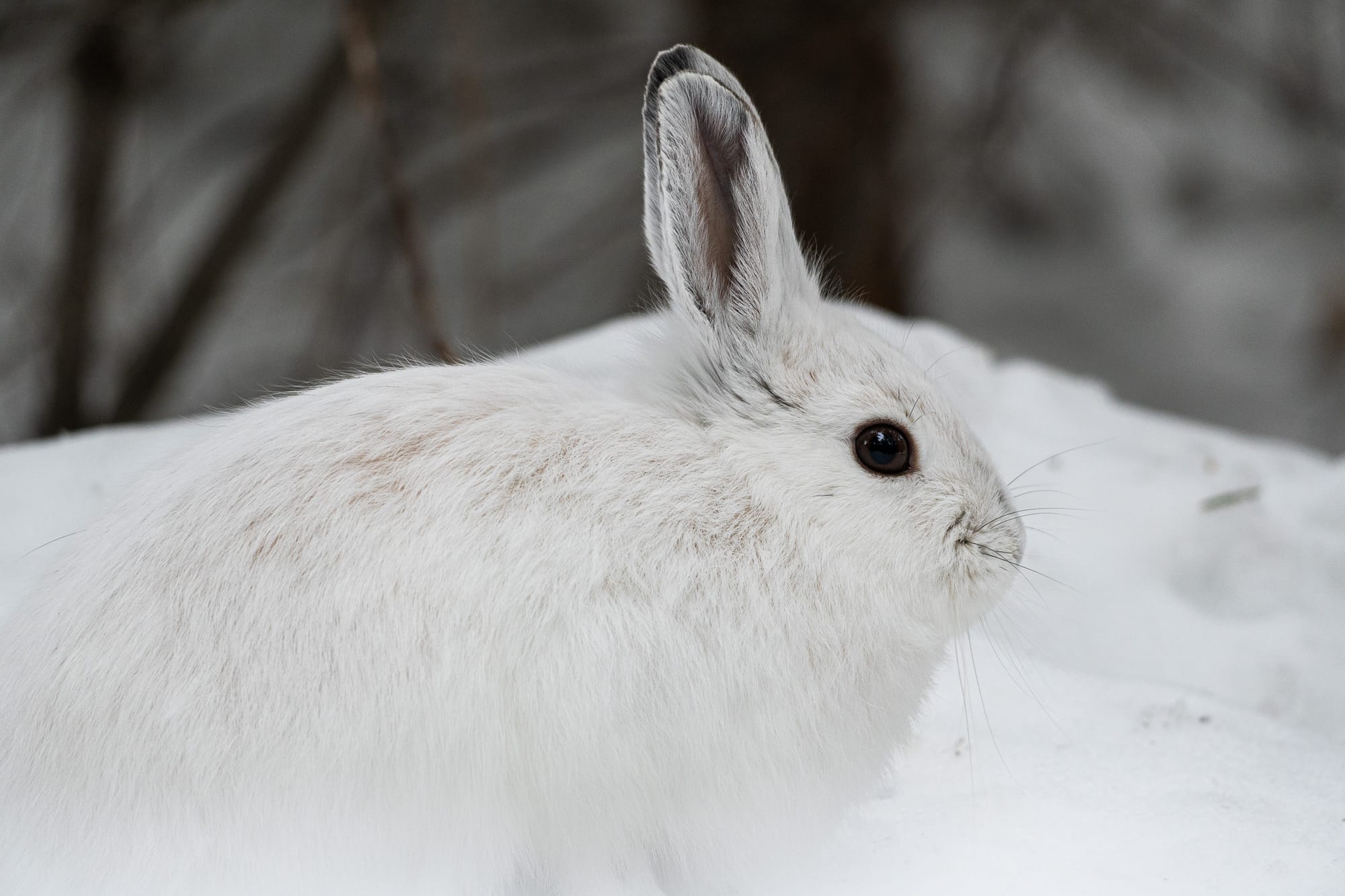
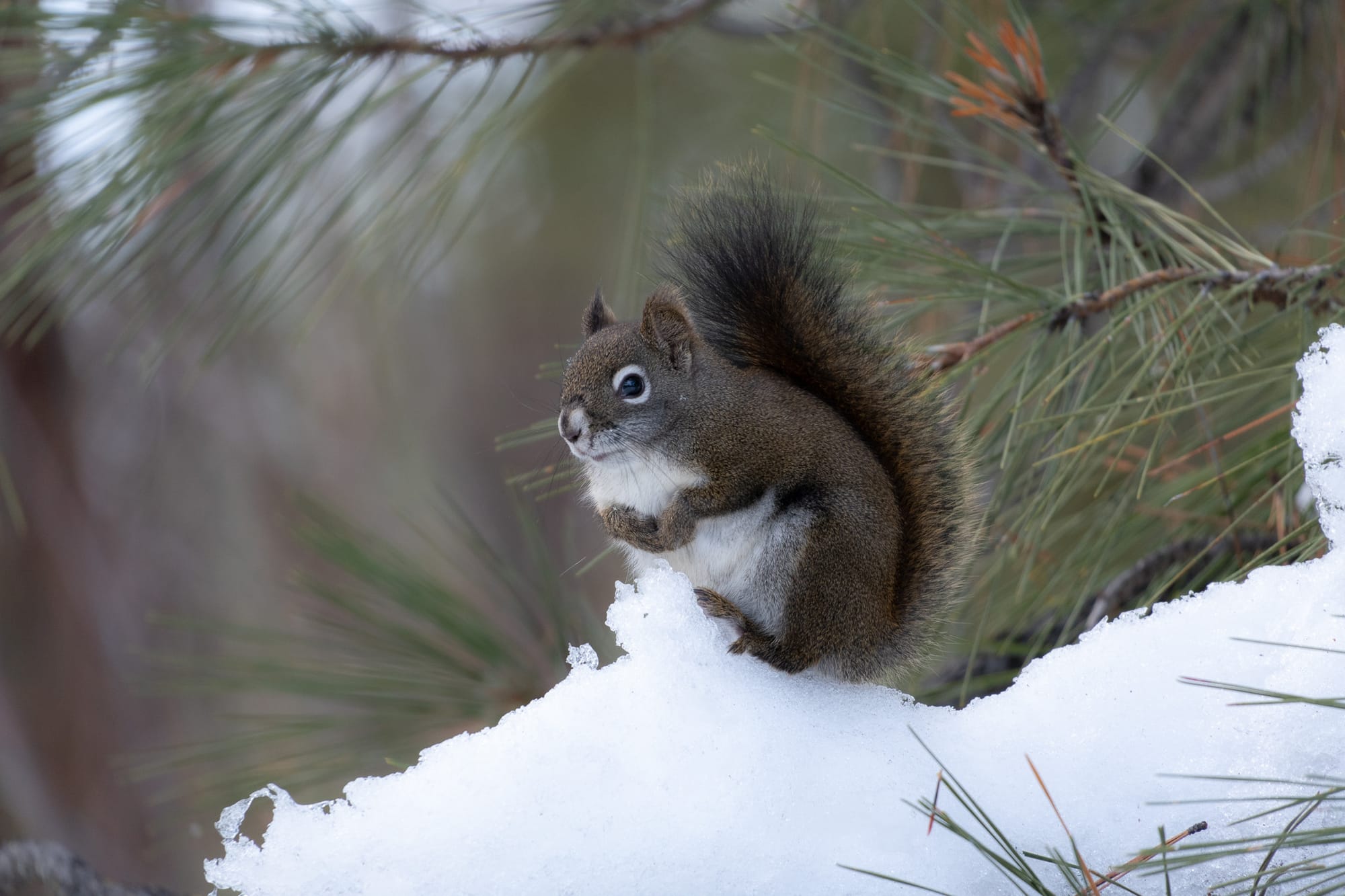
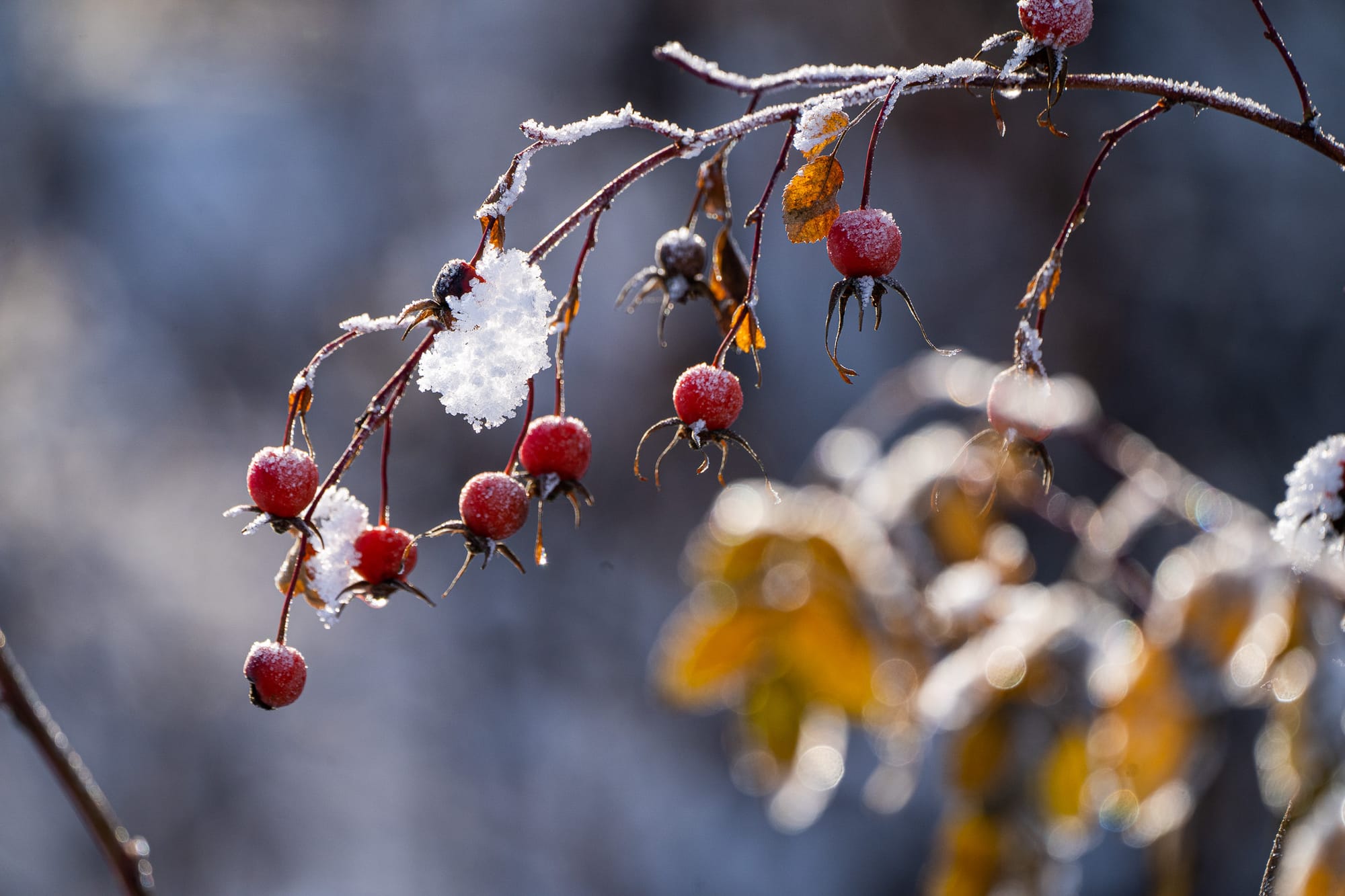
Red squirrels use an increasing snowpack to reach rose hips on high thorny branches that they can't otherwise access. Photos by David Lukas
Without a doubt, winter snowpacks are a mixed bag. In the absence of snow, some animals benefit, and others suffer. It's an important question how animals are faring in the unusual winter we're having this year.
